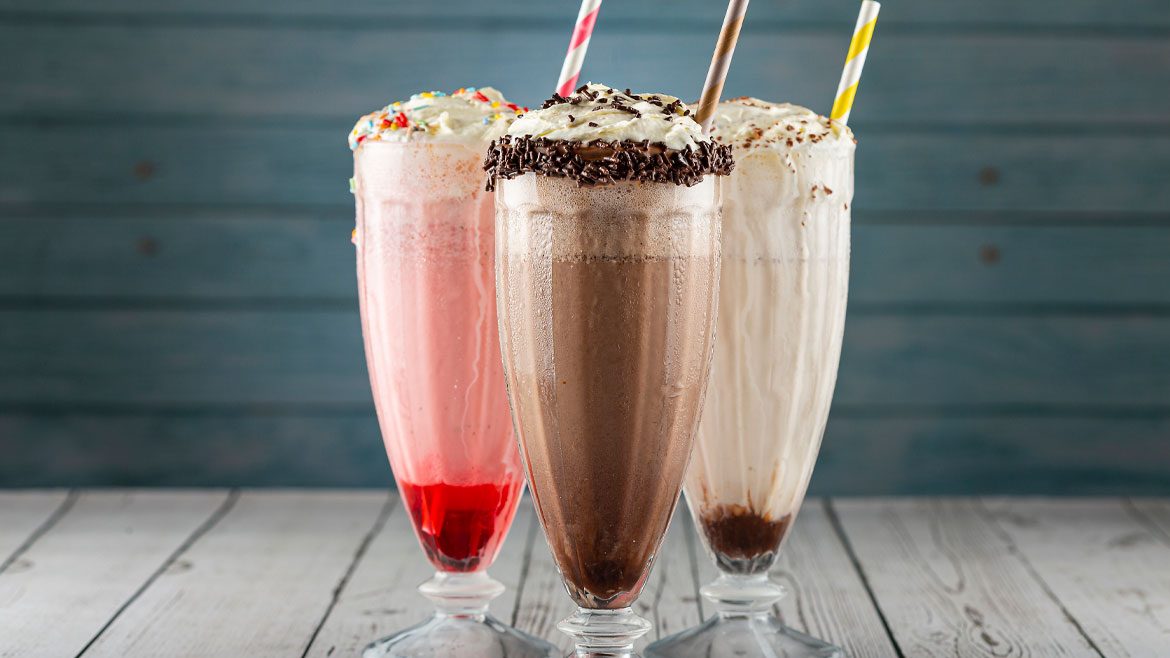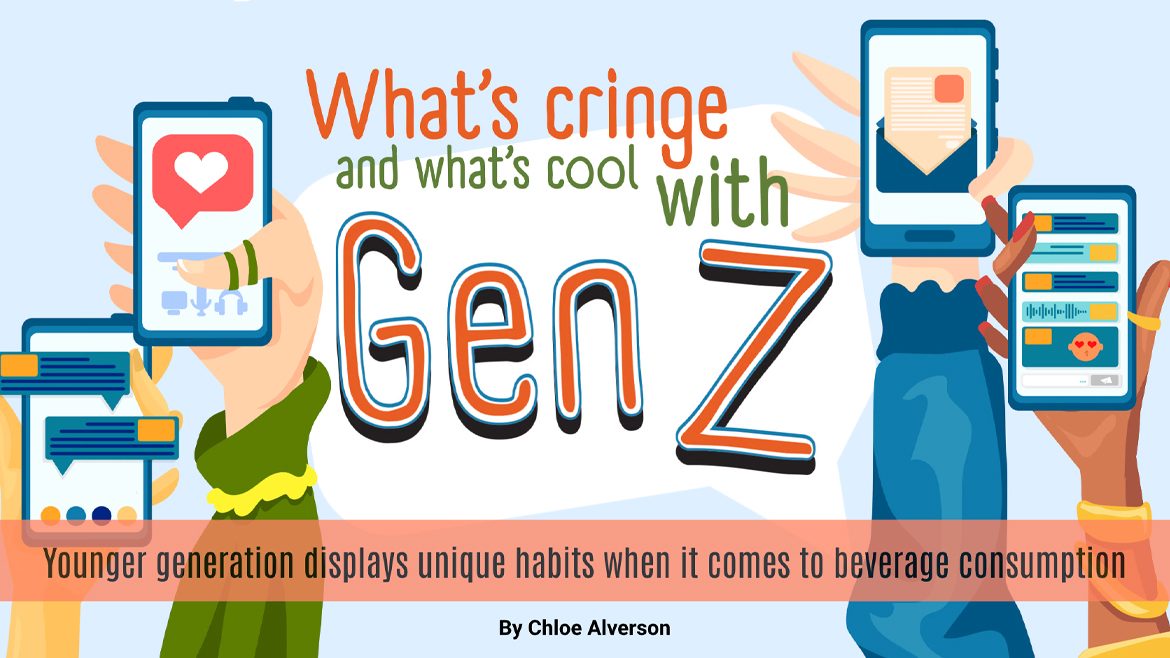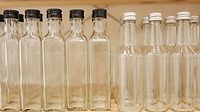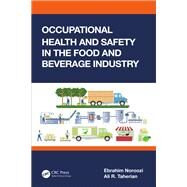Health claims evolve for each consumer niche
![]()
Health claims evolve for each consumer niche
By KATHIE WRICK
Beverages continue to be a
popular vehicle for adding nutritional value. Compared to many retail food
products, beverages have been packaged for single-serve portability for a
long time. This allows for easier product customization to reach many
consumer niches via vending and convenience channels and also through
unique packaging and product positioning.
What new product claims are emerging in beverage
formats that may eventually find their way into mainstream channels? Most
are influenced by the consumer niche manufacturers want to reach and
ingredients available for delivering desired benefits. Many mainstream
carbonated drinks positioned for fun and refreshment are losing ground to
alternative beverages with more nutritional benefits. "Soda
alternatives" have emerged with key nutrients such as calcium and
other minerals, and specialized ingredients such as plant sterols for heart
disease and proteins such as soy and whey.
Mintel International Group Ltd., Chicago, reports that
the functional beverage category experienced 7 percent growth yearly for at
least the past five years and is projected to grow another 44 percent by
2008. The more popular products continue to include those with established
claims of "all natural", "organic", "added/high
fiber" and "added/high calcium".
Many new beverage products seek to add more nutritional value,
and are using dairy ingredients to deliver it. Companies such as Mac Farms,
Burlington Mass., whose motto is to "unleash the power of milk", has carbonated
and fortified this very traditional beverage, in collaboration with Praxair
and Cornell University. Mac Farms claims its patent-protected products are healthy
alternatives to soda and sports beverages, and provides supporting nutrition
information on package labels. It's e-Moo for children under 12 launched in
2001 and now has achieved USDA approval for school foodservice. For a slightly
older demographic, RPM (Refreshing Power Milk) boasts only 100 calories per
12-ounce serving with more calcium, magnesium and potassium per bottle than
a standard glass of skim milk. Yet to come is Perq, a milk beverage targeted
toward women, particularly those of childbearing age. It is made with fat-free
milk, enhanced with folic acid, extra calcium and magnesium and a "dash of lactase",
the enzyme that helps break down lactose. Other Perq products being considered
are milk-based beverages for older adults to accommodate their special nutritional
needs.
While some products are adding nutritional benefits,
others claim something quite different based on what is not present,
targeting an altogether different, but sizable, consumer segment that is
probably too big to call a "niche". The more exotic nutritional
attributes consumers associate with teas might be a driver to buy green
tea-based drinks, some of which are targeted to consumers interested in
organic products. The Healthy Beverage Co. claims to have the first
certified-organic carbonated tea, made in its own certified microbrewery
using organic teas and sweeteners such as cane juice and stevia. The
company claims its Steaz Sparkling Green Teas are 100-percent natural and
contain no preservatives, chemicals or corn syrup.
Although scientific research can't find anything
wrong with coffee, and investigators are starting to explore potential
health benefits, some consumers seek
alternatives to coffee for a variety of reasons. Roasted soybeans are
used either alone or blended with organic Mexican coffee in
organic-certified Rocomojo Coffee Alternative beverages, targeted to adults
seeking a low- or non-caffeinated, low-acid brew. Unlike regular coffee,
this beverage offers nutritional value from soy protein, fiber, calcium,
iron, riboflavin and niacin.
Soy-based cocoa mixes from Country Choice Naturals
claim freedom from wheat, gluten, milk, egg and nuts for consumers
concerned about these potential allergens. In addition, the products are
certified organic and kosher. These "quiet" claims may bode well
for the product's future if taste expectations are met. Many public
school systems are striving to become "allergen-free" both in the
cafeteria and in classrooms where food is brought from home. Alternative
products claiming to be free of common allergenic ingredients might just
build their growth on these benefits.
Only our imaginations limit beverage concepts that
address consumer interests in alternatives to traditional, mainstream
products because the reasons alternatives are sought vary widely among
different consumer groups. No ingredient is yet
available that brings eternal youth in all its forms. However, it may not
be needed with the growing list of ingredients that can help consumers
address their unique health concerns with chronic diseases that matter to
them. These ingredients include plant sterols for heart disease, and
calcium, magnesium and vitamin K for bone health, and now, carbohydrate-
and/or calorie-control components for obesity.
Marketers need to be aware that food regulations can
be a slippery slope to navigate when health-related claims become part of a
unique selling proposition and a creative component of advertising and
labeling. Traditional health claims (now called "non-qualified"
health claims) have existed for a number of years and now total 14, each
with special product composition requirements and guidelines. More
recently, the FDA has attempted to liberalize the health-related claims
that manufacturers of dietary supplements and some foods can make by
suggesting the use of "qualified health claims" for diet/disease
relationships that do not meet the same high scientific standard, called
"significant scientific agreement", as is required for the 14
non-qualified health claims.
Qualified health claims are intended for use when there is emerging
evidence linking a food or food component with a disease or health-related condition,
and specific language must be used to tell consumers that the data supporting
the claims is limited. Guidelines are available for this new FDA initiative,
and some claims may be more easily applied to beverage products than others.
A regulatory specialist can advise you how to make the most compelling marketing
claims while still conforming to regulations.
Stay tuned to see how "alternative" products
and their claims evolve. Now that many major bottlers have sophisticated
computerized category management systems in place, beverage marketers can
geographically identify customer preferences by analyzing data at store
level. As alternative beverages evolve to a larger category, the systems
are in place to make sure those who want them can easily get them. The age
of beverage product customization for growing niche markets is well
underway. BI
| Currently approved non-qualified
health claims These 14 health claims can be used when certain product requirements and claim language requirements are met. |
|
| Approved Non-Qualified Health Claim: | Food or beverage composition must meet regulatory standards
for: |
| Calcium and osteoporosis | High calcium content; calcium source used must be bio-available; phosphorus
content may not exceed calcium content |
| Sodium and hypertension | A low-sodium food |
| Dietary fat and cancer | A low-fat food |
| Dietary saturated fat and cholesterol and risk of heart disease | Low total fat, low saturated fat and low cholesterol content |
| Fiber-containing grain products, fruits, vegetables and cancer | A good source of dietary fiber without fiber fortification; low total fat |
| Soluble fiber-containing grain products, fruits and
vegetables, and risk of coronary heart disease |
Low total fat, saturated fat and cholesterol; at least 0.6 grams of soluble fiber per RACC* without fiber fortification |
| Fruits, vegetables and cancer | A fruit or vegetable; low total fat; and a "good source" of Vitamin C, Vitamin A or fiber, without using fortification |
| Folic acid and neural tube defects | At least 40 mcg. of folate per serving; folic acid must be naturally occurring (not fortified); foods that do not exceed 100% of the RDI for Vitamin A (as retinol) or pre-formed Vitamin D |
| Dietary sugar alcohols and dental caries | Sugar-free; specific sugar alcohols allowed; if fermentable carbohydrate is present, the beverage must not lower plaque pH below 5.7 |
| Soluble fiber from certain foods and coronary heart
disease risk |
Low in total fat, saturated fat, and cholesterol; fiber source must be those eligible derived from oats or psyllium with meeting specified amounts per serving; ingredients used must meet specified standards |
| Soy protein and risk of coronary heart disease | Minimum 6.25 grams of soy protein per serving; low in saturated fat and cholesterol |
| Plant sterol/stanol esters and risk of coronary heart disease | Specified amounts per serving in certain food types; low in saturated fat and cholesterol |
| Whole grain foods and risk of heart disease and certain cancers | 51 percent whole grain composition by weight; specific standards for dietary fiber content; low fat |
| Potassium and the risk of high blood pressure and stroke | "Good source" of potassium, and low in sodium, total fat, saturated fat and cholesterol |
| Qualified health claim areas currently authorized by the FDA |
|
| Qualified claims about cancer risk | Selenium & cancer Antioxidant vitamins & cancer |
| Qualified claims about cardiovascular disease risk | Nuts & heart disease Walnuts & heart disease Omega-3 fatty acids &coronary heart disease B Vitamins & vascular disease |
| Qualified claims about cognitive function | Phosphatidylserine & cognitive dysfunction and dementia |
| Qualified claims about neural tube birth defects | 0.8 mg. folic acid & neural tube birth defects |
Looking for a reprint of this article?
From high-res PDFs to custom plaques, order your copy today!








